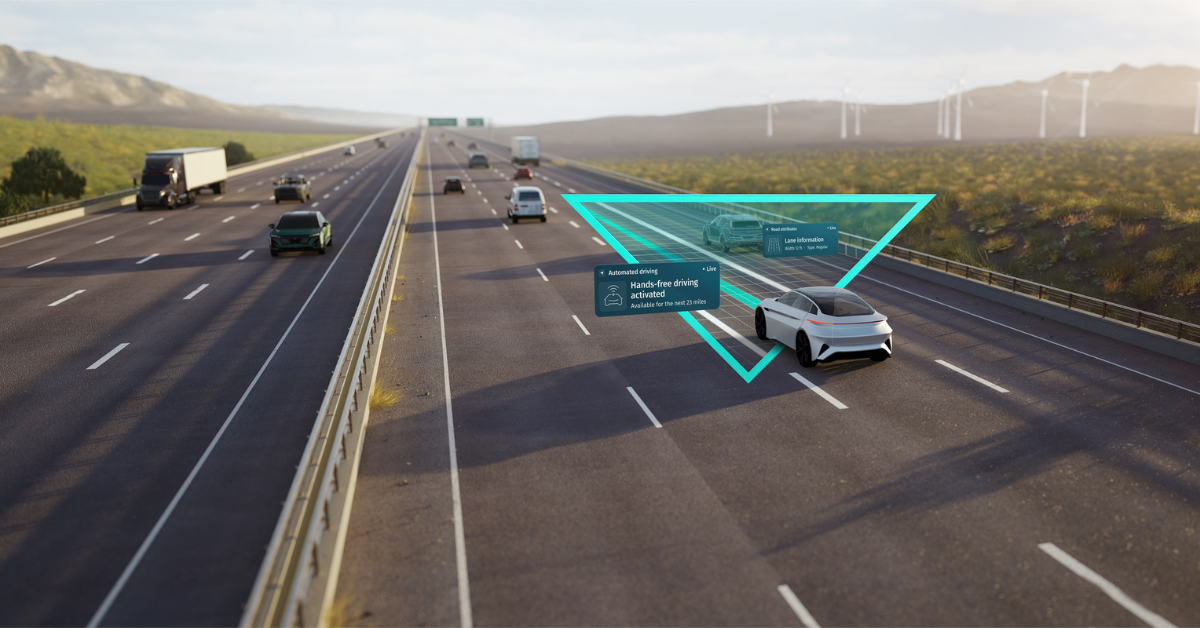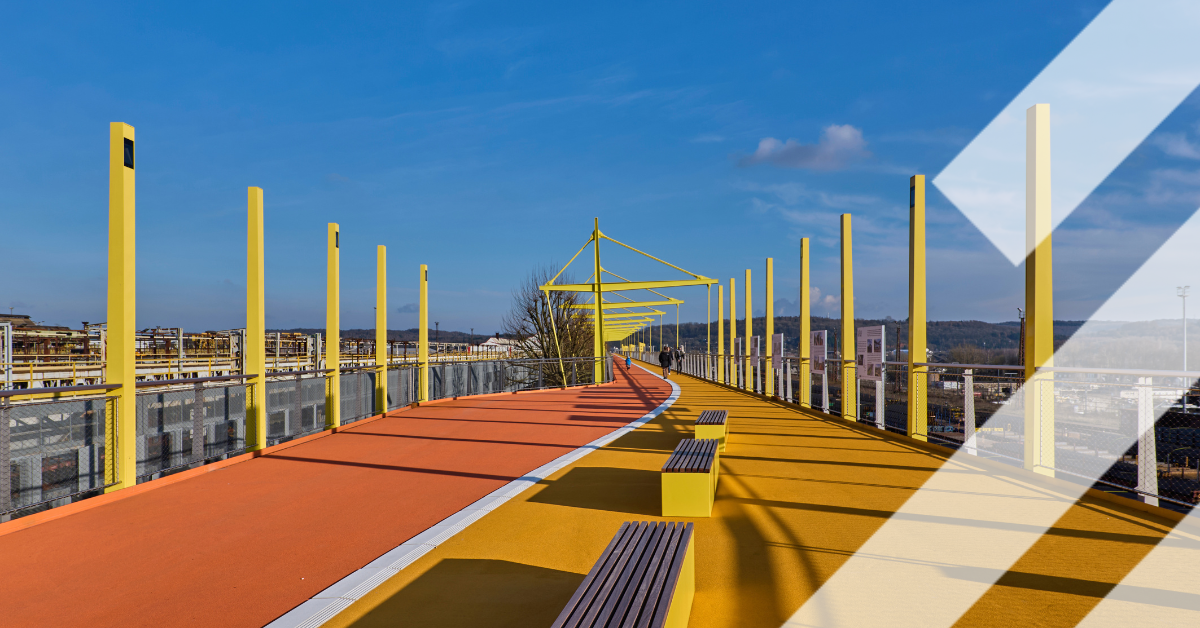How ideation can promote sustainable mobility
The application of “ideation” to sustainable mobility solutions, as explained by Tim McGuckin

Jargon is a fickle mistress. On one hand, it makes us experts feel oh-so-special when we whip out words the average “person in the street” doesn't tend to understand. Look at us with our fancy terms! We're clearly professionals operating on a higher plane of existence.
On the other hand, though, that same obscure terminology can alienate the very people we need to buy into our brilliant ideas. That said, I recently attended a city planning meeting where a developer gave a frankly uninspiring presentation on a “zoning variance request” (haven’t we all at one stage in our career?). But then they mentioned the requested change came from an "ideation process" with a client. An ideation process? I immediately perked up. Now they had my full attention.
These folks were clearly true visionaries. I looked up the definition after the meeting adjourned and learned that ideation is a method for generating new ideas. While it’s sort of a fancy term for plain old brainstorming, in that moment, I bowed down to their intellectual superiority. It is, in fact, much more than brainstorming. I learned that it’s a rather intricate process, one applicable to any situation where you require truly new ideas – including ideas related to how we move about in our built environments.
After decades of designing transportation networks to maximize vehicular throughput where pedestrians are rarely more than an afterthought, achieving truly sustainable mobility requires fresh, innovative thinking and a more holistic perspective
As cities around the world grapple with issues of congestion, pollution and inequity in transportation systems, there is a growing focus on sustainable mobility - transportation solutions that minimize environmental impact while supporting social and economic wellbeing. After decades of designing transportation networks to maximize vehicular throughput where pedestrians are rarely more than an afterthought, achieving truly sustainable mobility requires fresh, innovative thinking and a more holistic perspective. This is where ideation comes in.

Ideation is a collaborative, multi-step process for generating new ideas and solutions. It brings diverse stakeholders together to understand problems, identify opportunities and co-create strategies. Ideation is increasingly being applied in the context of intelligent transportation systems (ITS), urban planning and mobility as a service (MaaS) to develop more sustainable mobility systems.
EXPLAINING THE PROCESS
The ideation process typically involves several key phases:
Framing the Challenge - The first step is bringing relevant stakeholders together to frame the mobility challenge that needs to be solved. This requires taking a big picture view and considering perspectives from urban planners, transportation officials, technology providers, community representatives, and users. The goal is defining the problem in a way that creates scope for innovative solutions.
Generating Ideas - With the challenge clarified, ideation sessions spur creative thinkers to come up with solutions. Brainstorming, design thinking and other collaborative idea generation techniques can be used. The emphasis is on quantity and diversity of concepts at this point.
Analysis and Prioritization - The raw ideas then get organised and analysed based on factors such as impact, feasibility and alignment with sustainability goals. Priority solutions emerge through this process of constructive critique and refinement. There are no stupid and no bad suggestions!
Brainstorming, design thinking and other collaborative idea generation techniques can be used. The emphasis is on quantity and diversity of concepts at this point
Prototyping and Testing - Leading ideas are then translated into prototypes and pilot projects to test their real-world viability. This represents a transition from conceptual to experimental. User feedback plays a key role at this stage.
Implementation Planning - Finally, concrete plans are developed to scale successful solutions by integrating them into ITS networks, MaaS platforms and urban infrastructure. Partnerships with public and private entities are vital for deployment.

Food for thought
Throughout this process, ideation enables stakeholders (defined as the various individuals and groups who have an interest or 'stake' in how the city's transportation systems function) to think broadly about reimagining transportation so that it aligns with and supports, rather than offends, sustainability goals.
It fosters innovation by bringing diverse viewpoints together in an interdependent and thus uniquely creative collaborative process yielding unique results – think of it as the smart mobility version of ‘fusion cuisine’.
The multi-step, multi-background approach helps translate promising concepts into real, implementable solutions for cleaner and more equitable mobility. Given the ever-pressing need to address transportation-linked environmental and societal concerns, the strategic application of my new favourite piece of jargon - ideation - emerges as the linchpin in crafting systems that not only fulfil today’s needs, but also stand, and enable we humans to witness, the test of time.
Tim McGuckin is an ITS and smart mobility consultant based in Reston, VA, USA
Share your story
Do you have an innovation, research results or an other interesting topic you would like to share with the professionals in the infrastructure, traffic management, safety, smart mobility and parking industry? The Intertraffic website and social media channels are a great platform to showcase your stories!
Please contact our Sr Brand Marketing Manager Carola Jansen-Young.
Are you an Intertraffic exhibitor?
Make sure you add your latest press releases to your Company Profile in the Exhibitor Portal for free exposure.



